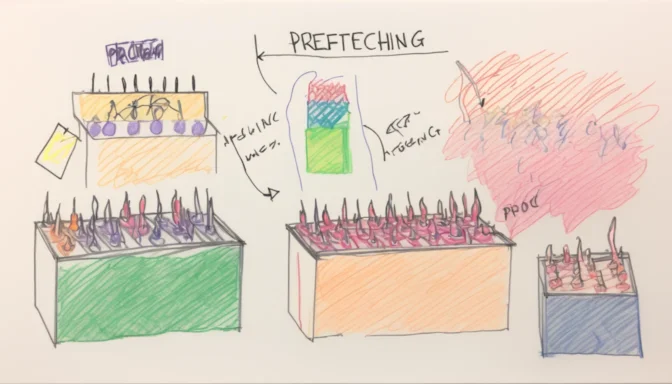What Does Prefetch Mean?
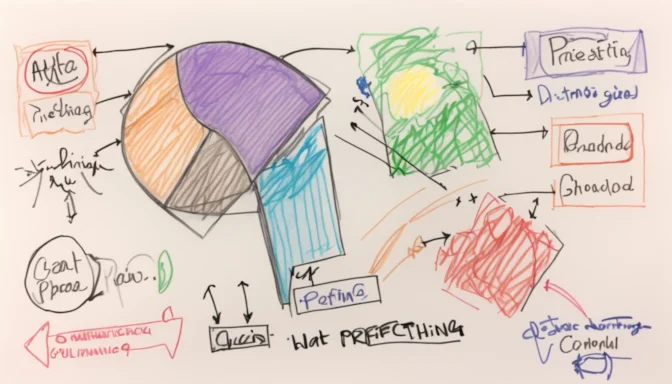
Prefetching is a browser capability that fetches resources proactively before they are explicitly required. This can significantly reduce latency and improve website performance by preloading content that a user is likely to request soon.
How Does Prefetch Differ from Preload?
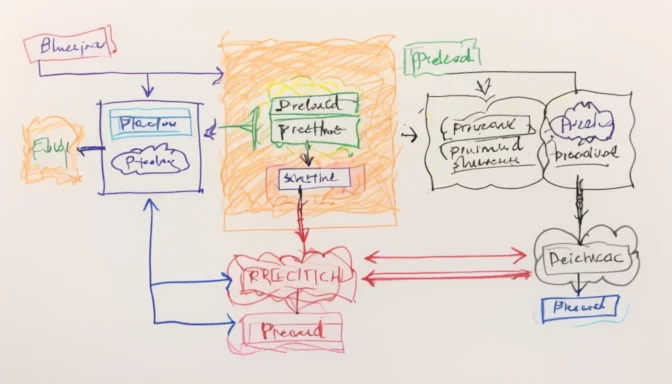
Both prefetching and preloading aim to improve web performance but serve different purposes. Prefetching focuses on obtaining resources for future navigations, while preloading concentrates on resources needed for the current page. Also, preload does not block the window's onload event.
Why Use Prefetching?
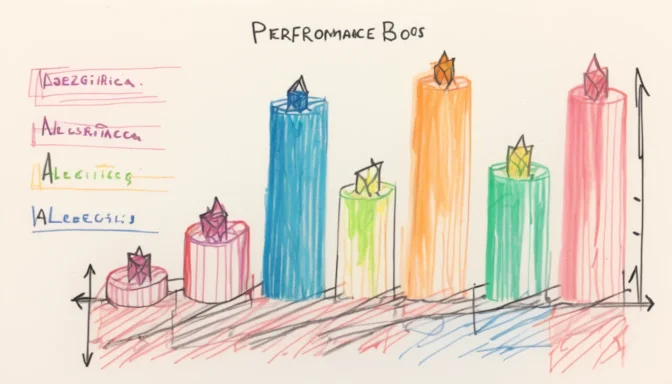
Prefetching is predominantly employed to enhance website performance. It fetches data or content in advance, ensuring that required resources are readily available when needed, thereby improving the speed and user experience.
Prefetch and Cache: What's the Difference?
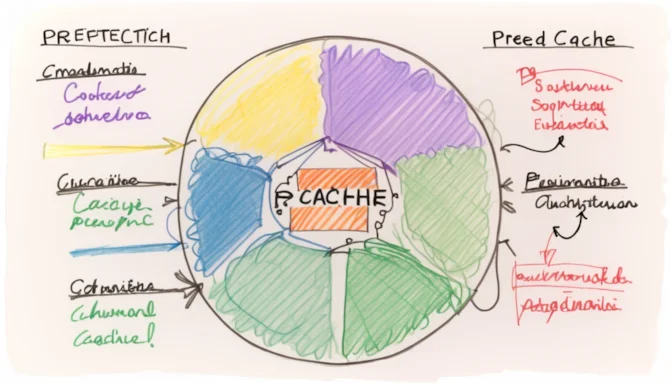
While prefetching and caching both target speeding up data retrieval, they operate differently. Prefetching is proactive, fetching data before a user's request, whereas caching is reactive, storing data only after it has been accessed. Each has its own trade-offs regarding efficiency and resource utilization.
Where is Prefetch Data Stored?

In the context of web development, prefetch data is usually stored temporarily in the browser cache. This allows for swift retrieval of web assets and resources, which in turn enhances the overall performance of a website.
Examples and Practical Applications of Prefetching

For instance, prefetching the most popular product on a listing page can smooth out the user experience. Similarly, prefetching the checkout page on a shopping cart interface can be highly effective, as users are likely to navigate to it next.
 E-Commerceo
E-Commerceo
